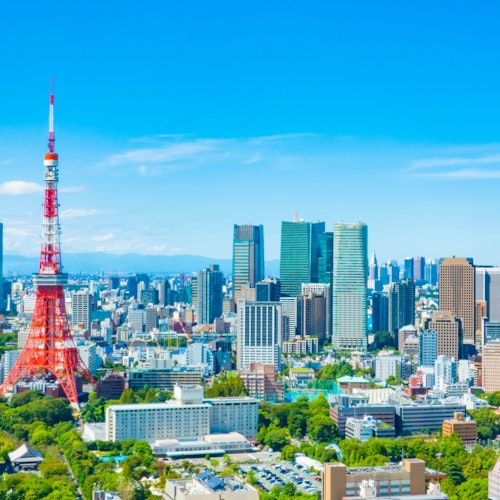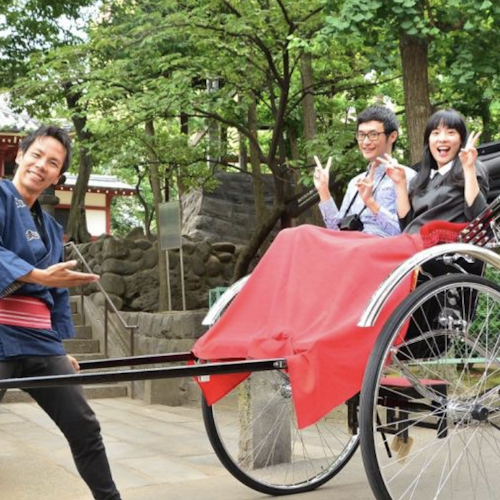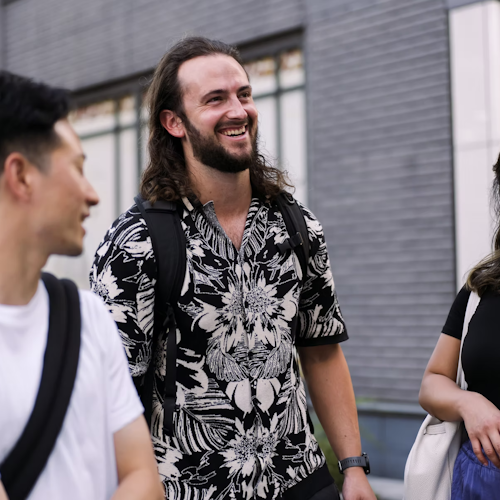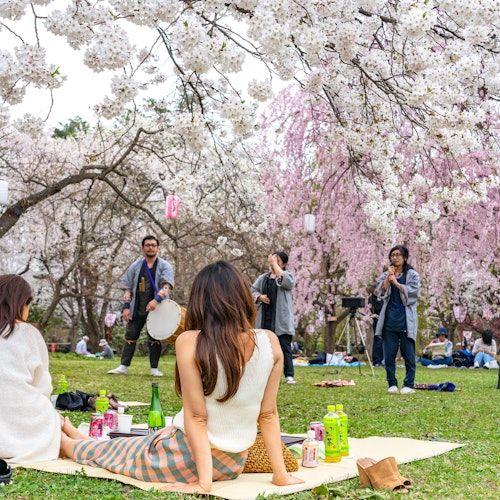
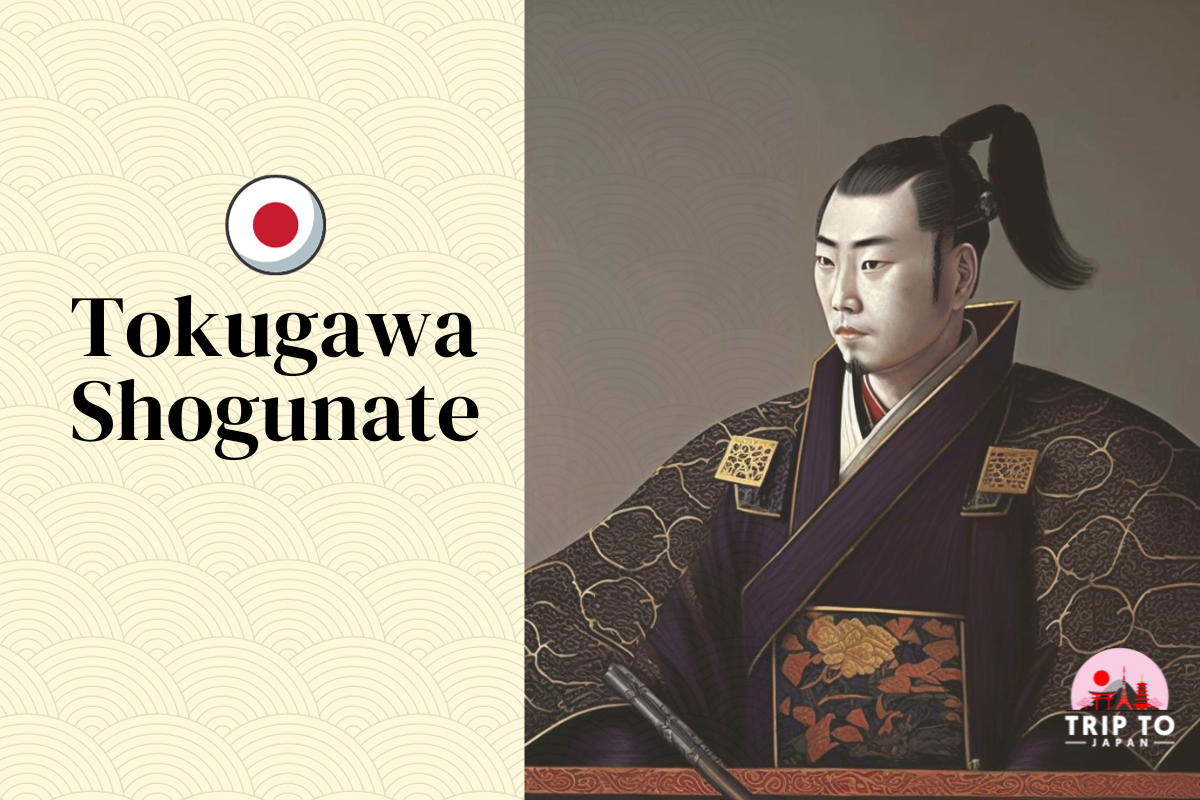
Step right into a fascinating journey back in time with us, Trip To Japan! Let's navigate the deep and enthralling waters of the Tokugawa Shogunate, an era that sculpted Japan's cultural, societal, and political landscape.
Let's embark on a historical exploration of the monumental Tokugawa Shogunate period, an epoch that left an indelible mark on Japanese history.
This blog post will guide you through the intricate tapestry of cultural, societal, and political transformations that took place during this era. Join us as we unravel the enigma that is the Tokugawa Shogunate, illuminating its pivotal role in shaping the Japan we know and love today.
Let's dive right in and travel back in time together!
The Tokugawa Shogunate emerged in 1603, providing a period of peace and prosperity until 1868.
The Bakuhan system and Sankin Kotai system kept a political balance between the shogunate’s central authority and regional daimyo.
Unequal treaties with foreign powers, oppressive conditions for lower classes, and anti-Tokugawa sentiment led to its downfall through the Meiji Restoration.
During the late 16th century, Japan faced a rough patch with civil wars and power struggles. It was a chaotic time known as the Warring States or Sengoku era. But things started to change when Tokugawa Ieyasu, a mighty military lord, emerged victorious in the Battle of Sekigahara in 1600.
Finally, Japan began to experience some unity.
In 1603, Tokugawa Ieyasu established the Tokugawa Shogunate, which marked the beginning of the Edo period.
Below, you can see a golden statue of Tokugawa Ieyasu located at the Tosho-gu Shrine within the Nikko Temple complex in Nikko, Japan. This iconic complex is a UNESCO World Heritage Site.
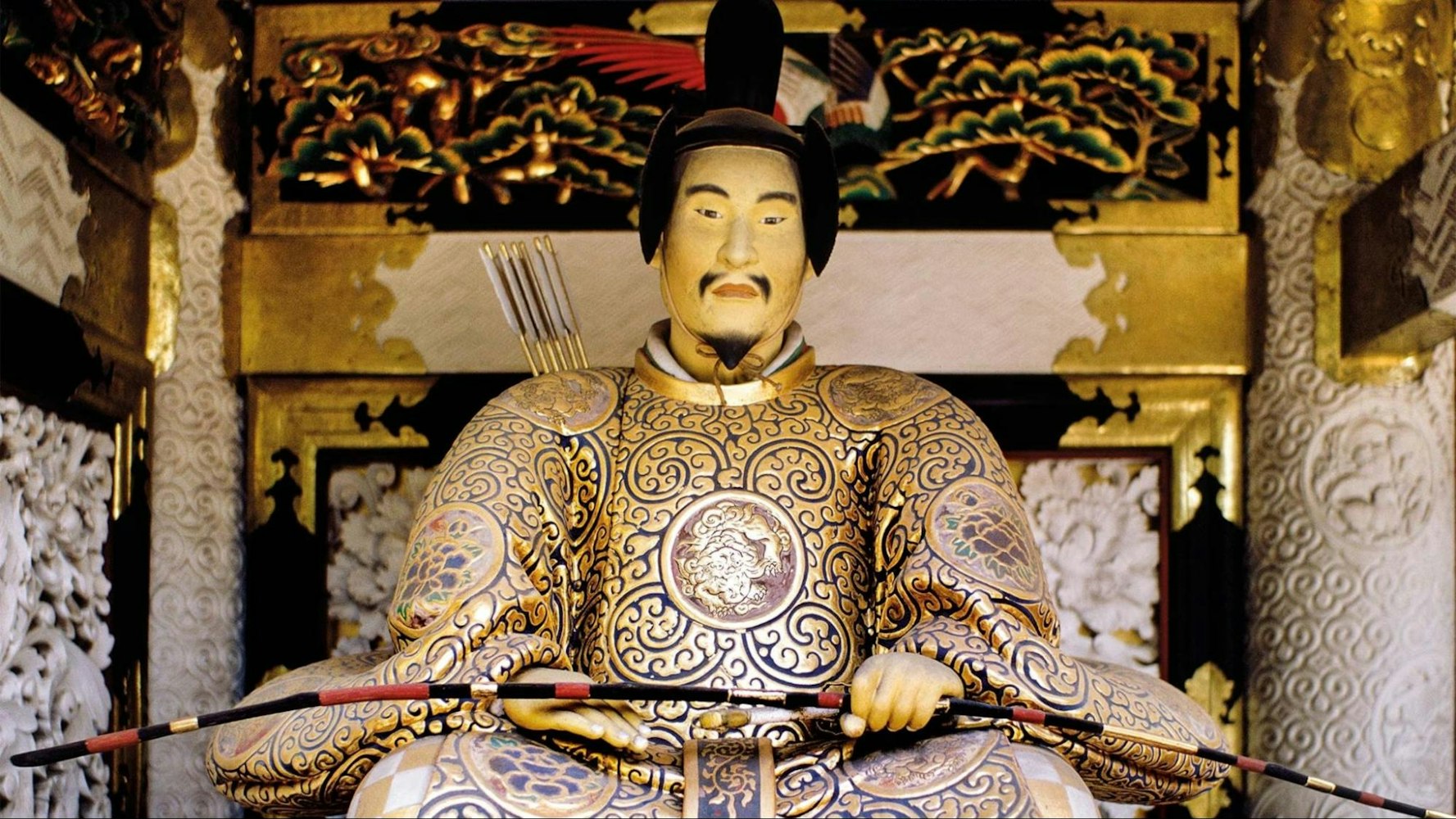
If you wish to see this iconic statue at the Tosho-gu Shrine and Nikko Temple Complex, Trip To Japan offers an exclusive tour. Check out below.
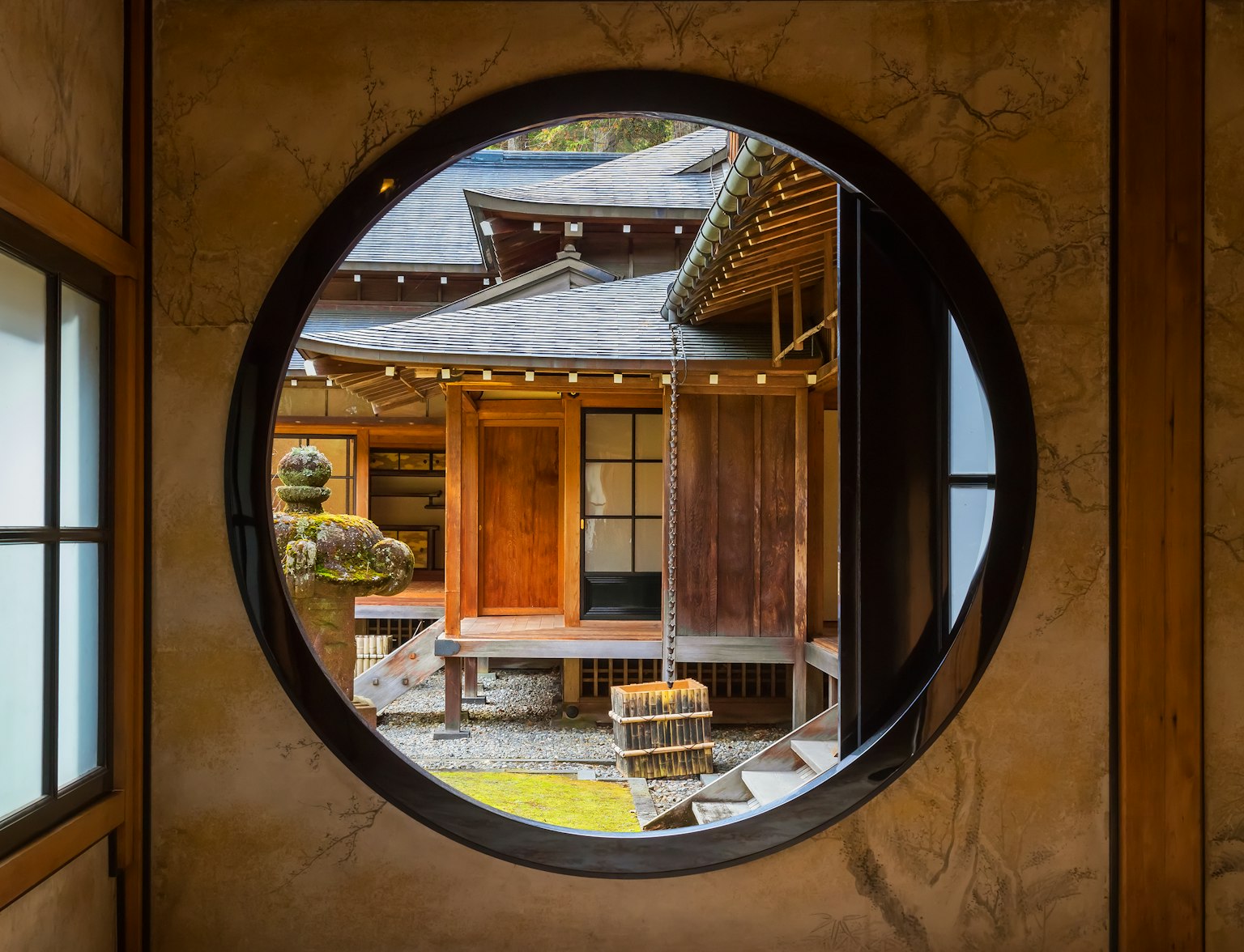
Visit Toshogu Shrine with this tour.
The Tokugawa rule was a time of relative peace, prosperity, and cultural development that lasted until 1868. Throughout this period, the Tokugawa family, or Tokugawa clan, ruled Japan. Ieyasu became the first Tokugawa shogun, and his legacy continued to shape the country.
Under Tokugawa's rule, Japan made great strides in agriculture, particularly in rice production. This became the backbone of the economy, and the Tokugawa shoguns played a significant role in these advancements. As the shogunate gained power, the capital city of Edo (now Tokyo) thrived and transformed from a small fishing village into a bustling metropolis.
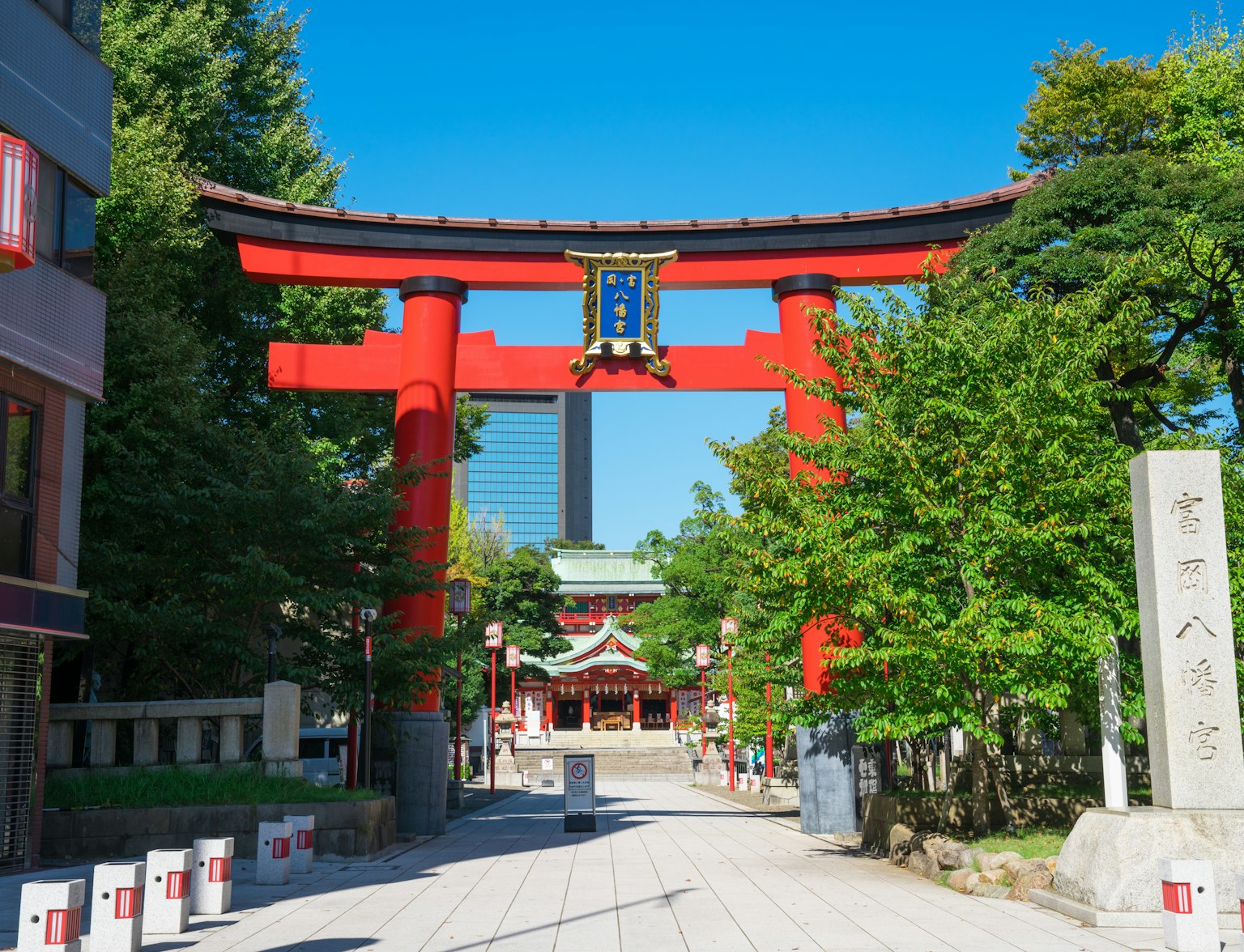
Embark on a captivating journey through Tokyo's rich past with our Edo Tokyo Walking Tour.
Tokugawa Japan’s political landscape delicately balanced power between the shogunate’s central authority and the regional Daimyo, also known as feudal lords.
This balance was achieved through the implementation of two crucial systems
Bakuhan System
Sankin Kotai System.
These systems helped maintain stability in Japan and allowed the Tokugawa Shogunate to govern major cities such as Kyoto, Osaka, and Edo, exerting control over the entire nation.
The Bakuhan system divided power between the shogunate and regional daimyo, playing a significant role in the Japanese economy during the Edo period. On the other hand, the Sankin Kotai system required daimyo to spend alternate years in Edo, ensuring their loyalty to the shogunate through their absence from their domains.
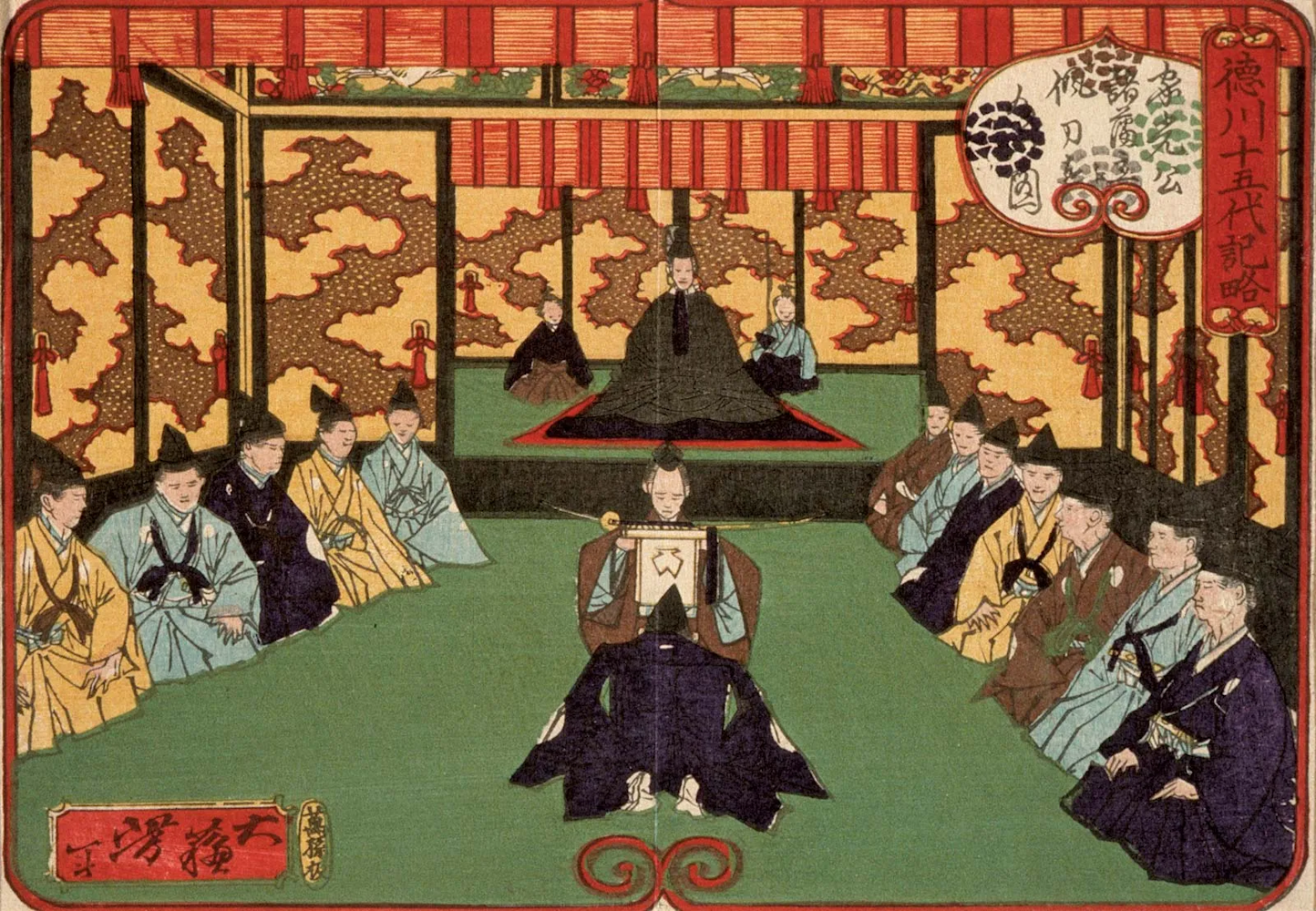
To understand the Edo Period better, we recommend our dedicated post "Edo Period Unveiled: A Journey into Japan's Era of Peace and Cultural Flourishing".
These systems significantly shaped Tokugawa Japan’s power structure and ensured political stability during the Edo period.
Let's learn about these two systems in detail for a better understanding.
The Bakuhan system came into existence after the passing of Tokugawa Ieyasu. It formed the backbone of Japan's political structure in the early 17th century. The aim was to maintain control and stability by distributing power between the central authority, known as Bakufu, and the regional domains, called Han.
This power division allowed the Tokugawa Shogunate to keep a tight rein on the daimyo and exercise firm control over the country.
The Bakuhan system worked like a charm, ensuring control and stability in Japan for more than two centuries until the Meiji period took over from the Tokugawa era. This delicate balance of power not only facilitated Japan's economic and cultural growth but also ensured political stability, keeping internal conflicts at bay. It was this very system that effectively governed Japan.
The Sankin Kotai system played a crucial role in the power structure of Tokugawa Japan. It required daimyo to switch between their domains and the capital city of Edo (which is now Tokyo) every year.
This was a clever way to keep them in check and prevent any funny business like plotting against the central authority or trying to gain too much power.
Now, this system had some pretty big impacts on Japan. With all the daimyo and their entourages constantly on the move, infrastructure and resources had to be beefed up, leading to economic growth and urban development.
Plus, it made sure that the daimyo stayed loyal and the shogunate had a tight grip on them. So yeah, it helped keep things stable in Tokugawa Japan.
Recommended: Whispers of Edo: Exploring Tokyo's Hidden Historical Districts
Living under Tokugawa rule was a fascinating experience, encompassing both cultural achievements and social constraints. The shogunate's focus on stability and control led to a flourishing of arts and culture, with Kabuki theater and woodblock prints becoming iconic symbols of the era.
However, life in Tokugawa Japan was also characterized by a strict social hierarchy and limited social mobility, which imposed oppressive conditions on its people.
Despite these constraints, the Edo period witnessed remarkable economic growth, driven by advancements in agriculture and other non-agricultural activities such as crafts and trade. This economic progress, combined with the relative peace and stability of the era.
It laid the foundation for the emergence of the vibrant and hedonistic "Ukiyo" culture - an urban lifestyle that stood in stark contrast to the rigid social structure enforced by the shogunate. In many ways, this period shaped modern Japan as we know it today.
During the Tokugawa period, two remarkable art forms emerged: Kabuki theater and woodblock prints. These art forms were a reflection of the vibrant cultural life at that time.

Kabuki theater, a beloved entertainment, showcased intricate costumes, dramatic makeup, and stylized performances. It captivated audiences with stories of love, heroism, and tragedy. Not only did it entertain, but it also served as a powerful medium for expressing emotions and ideas that deeply resonated with the Japanese population.
Click here to learn 10 Fascinating Facts About Kabuki Theater.
On the other hand, woodblock prints served both aesthetic and practical purposes. They were widely used to spread news and information, while also creating exquisite artworks that depicted scenes of everyday life, nature, and renowned Kabuki actors.
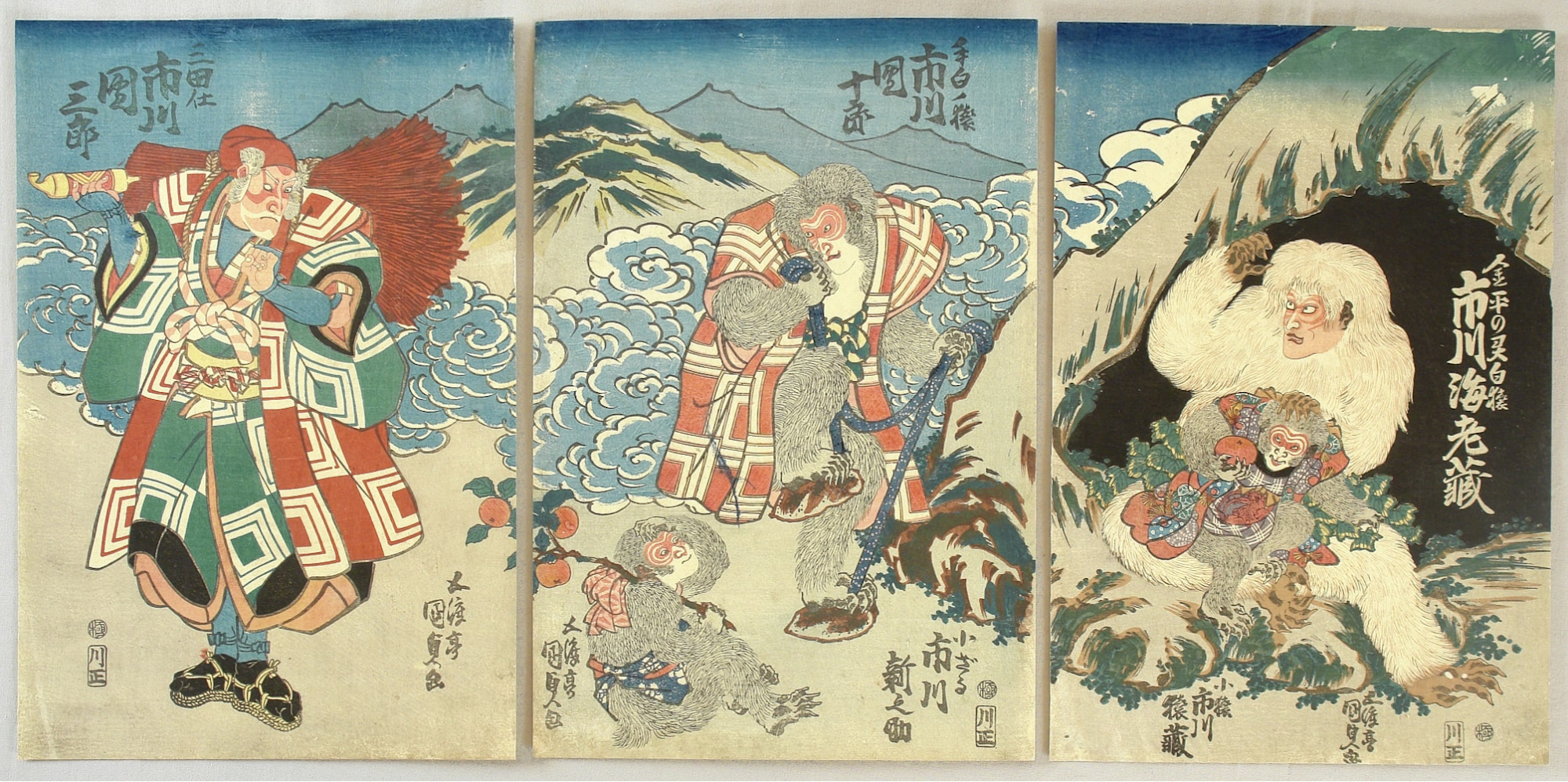
The influence of both Kabuki theater and woodblock prints on the culture of Tokugawa Japan was significant, and their legacy can still be observed in modern Japanese art and entertainment.
Beneath the vibrant culture and economic prosperity of Tokugawa Japan lay a rigid and oppressive social hierarchy, which limited the opportunities and freedom of its citizens in Japanese society.
The social structure, based on Confucian principles, was organized into four main classes:
Samurai warriors
Farmers
Artisans
Merchants
While the samurai class enjoyed the highest status and privileges, the lower classes, particularly artisans and merchants, were subject to strict regulations and limitations on their social mobility. Here's a detailed guide about The Samurai 侍 Legacy of Japan by Trip To Japan if you wish to tap into the glorious Samurai history of Japan.
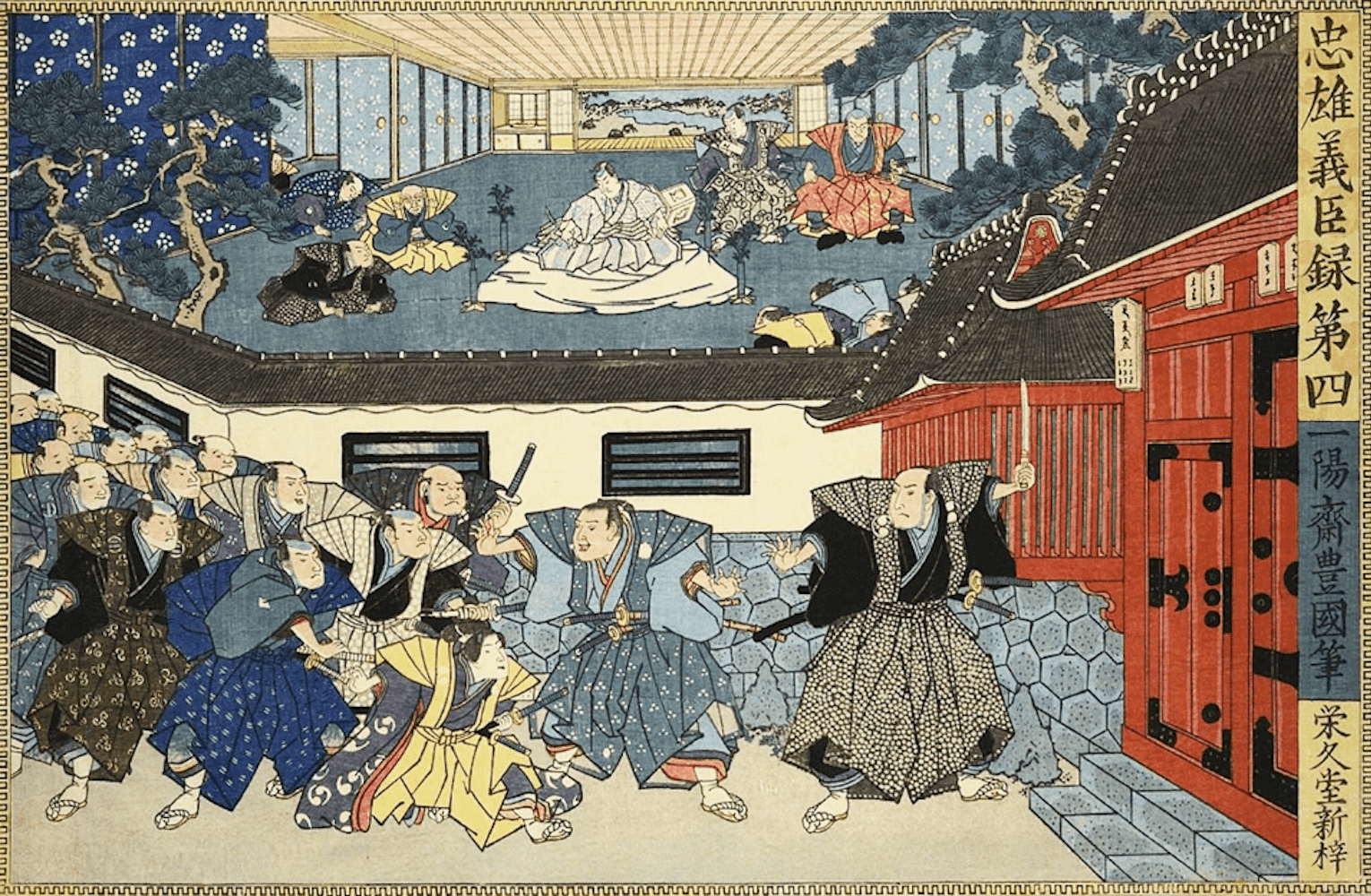
This social hierarchy was not without its consequences, as it created an environment of discontent and unrest among the lower classes. The strict limitations on social mobility and the growing wealth disparity between the rich and the poor often led to resentment and uprisings, further highlighting the contradictions inherent in Tokugawa society.
Despite the cultural achievements and economic growth of the period, life under Tokugawa rule was marked by a rigid social structure and deeply ingrained inequalities.
The Tokugawa Shogunate exerted stringent control over foreign relations and trade policies, mirroring their intent to safeguard Japan’s political stability and cultural identity.
The shogunate’s approach to foreign relations was characterized by a policy of national seclusion, which limited European influence in Japan and banned Christianity.
However, the shogunate maintained trade relations with neighboring countries, such as Korea and China, through established routes that were carefully regulated and controlled.
Despite the strict controls over foreign relations, the Tokugawa Shogunate’s policies were not entirely successful in preventing foreign influence from seeping into Japan. The unequal treaties signed with foreign powers, such as the Treaty of Kanagawa, exposed Japan’s vulnerability and paved the way for political unrest and the eventual decline of the shogunate.
The Tokugawa Shogunate held a suspicious view of Christianity and eventually suppressed it. In the 16th century, Christianity gained momentum in Japan but was later perceived as a threat to political stability and the existing order.
Consequently, the shogunate implemented policies to persecute and suppress Christianity, leading to its eradication within 50 years.
This suppression of Christianity was part of a broader strategy to limit European influence in Japan, which also included the Sakoku Edict of 1635. By enforcing this policy, Japan was effectively isolated from Western nations for two centuries, except for a Dutch merchant outpost in Nagasaki Harbor.
Despite the shogunate's efforts, foreign ideas and influence still managed to seep in, eventually contributing to the decline of the shogunate.
While the Tokugawa Shogunate aimed to limit contact with the West, it still maintained trade relations with its East Asian neighbors, Korea and China.
The trade with Korea mainly revolved around the Tsushima domain and focused on commodities like ginseng and cotton cloths. This trade had a significant impact on the economies of both countries and influenced the broader regional culture.

On the other hand, trade with China took place through the Ryukyu Islands and focused on commodities such as silk and porcelain. Both Korea and China were considered integral parts of the traditional East Asian political order, with China at the center - a balance the Tokugawa Shogunate aimed to preserve.
Despite being limited and closely regulated, these trade relations played a vital role in connecting Japan with the outside world, facilitating the exchange of goods, ideas, and culture.
The decline of the Tokugawa Shogunate was a culmination of various factors, including:
The unequal treaties with foreign powers
The rise of anti-Tokugawa sentiment
The shogunate’s perceived weakness in the face of foreign threats
The strict social hierarchy
Economic difficulties faced by the Japanese people
These factors eventually led to widespread dissatisfaction and opposition to the ruling regime.
This opposition, combined with the growing influence of foreign ideas and technology, ultimately led to the Meiji Restoration, a period of significant social, political, and economic transformation in Japan.
The Choshu and Satsuma clans, two influential anti-Tokugawa forces, initiated the restoration. This ‘imperial restoration’ was conducted in the name of the young Emperor Meiji, who was just 14 years old.
The Meiji Restoration marked the end of the Tokugawa Shogunate and the beginning of a new era for Japan.
Here's our in-depth dive into the Meiji Restoration
The unequal treaties signed by the Tokugawa Shogunate with foreign powers like the United States, Russia, and the Netherlands served as a tipping point for the shogunate’s decline.
These treaties not only curtailed Japanese sovereignty but also laid bare the nation’s vulnerability during a time of political instability and economic hardship. The Treaty of Kanagawa, inked in 1854 between the United States and Japan, was forced upon the Japanese through "Gunboat Diplomacy" by Commodore Matthew Perry and his American battle fleet, leaving them little choice.
These unequal treaties had far-reaching consequences, eroding faith in the shogunate's ability to protect Japan and its people. As the influence of foreign powers grew and the Tokugawa regime was perceived as weak, anti-Tokugawa sentiment gained traction, ultimately playing a pivotal role in the shogunate's downfall and the dawn of the Meiji Restoration.
The growing dissatisfaction with the Tokugawa Shogunate’s policies and perceived weakness in the face of foreign threats led to the rise of anti-Tokugawa sentiment among the Japanese population.
This sentiment was fueled by the unequal treaties, the strict social hierarchy, and the financial hardships faced by the Japanese people. As opposition to the shogunate grew, so did the desire for political change and the reinstatement of imperial authority.
The escalating anti-Tokugawa sentiment resulted in the Boshin War, a clash between shogunate supporters and Imperial Court advocates. The key events of the Boshin War include:
The combined forces of the Choshu and Satsuma clans, who opposed the shogunate, emerged victorious
The shogunate’s forces were defeated in battles such as the Battle of Toba-Fushimi and the Battle of Ueno
The Boshin War paved the way for the Meiji Restoration and the end of the Tokugawa Shogunate
The Tokugawa Shogunate was a transformative period in Japan, marked by peace, economic growth, and cultural flourishing. The Bakuhan and Sankin Kotai systems established a delicate power balance for political stability. However, strict social hierarchy and oppressive conditions caused discontent and anti-Tokugawa sentiment.
The decline of the shogunate and the Meiji Restoration marked a new chapter in Japan's history. External influences, unequal treaties, and a desire for political change led to its fall. The legacy of the Tokugawa Shogunate remains integral to Japan's rich history, shaping its identity to this day.
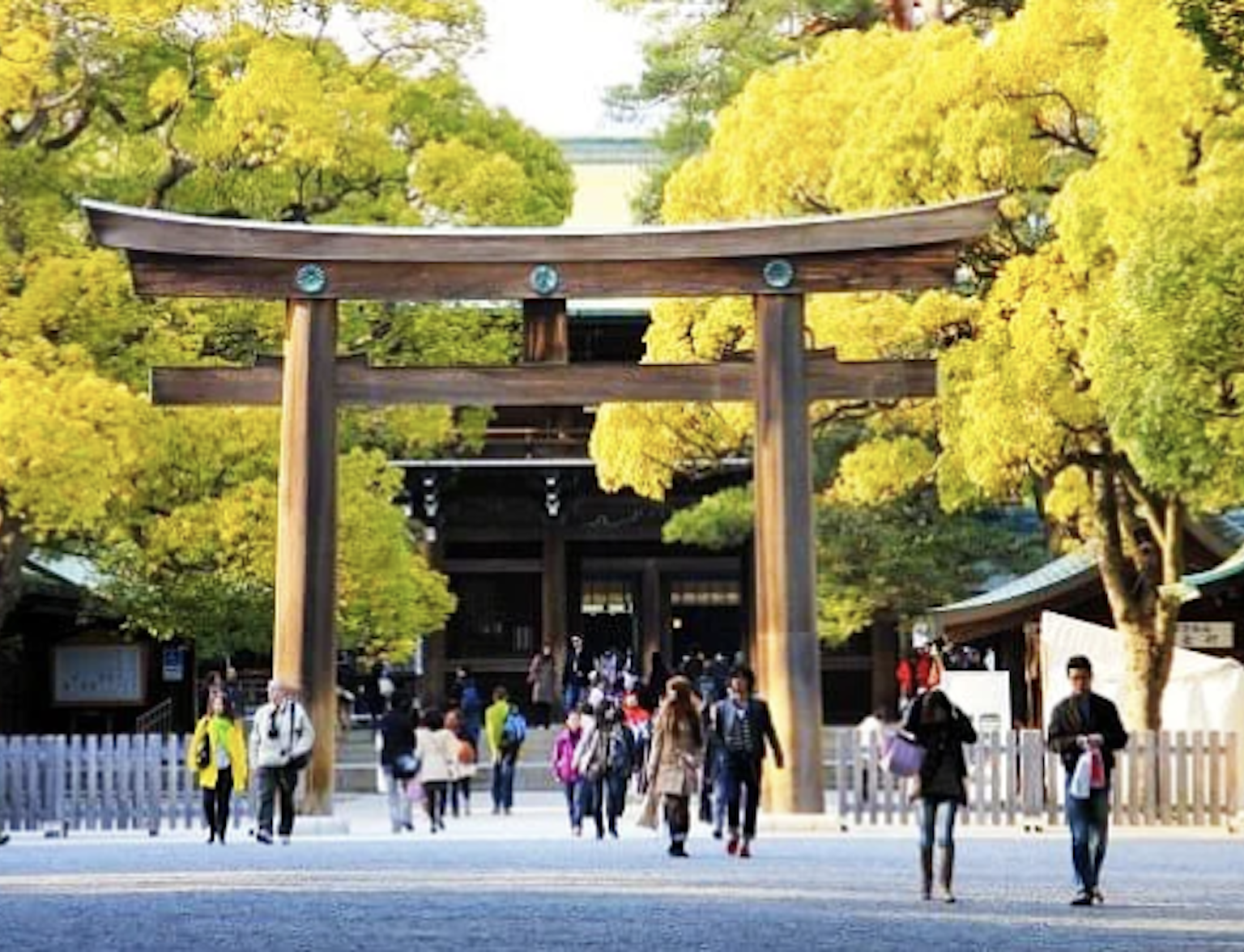
Learn more about Tokyo with this tour.
